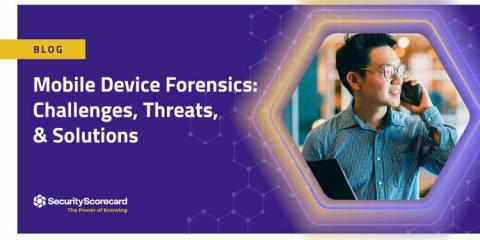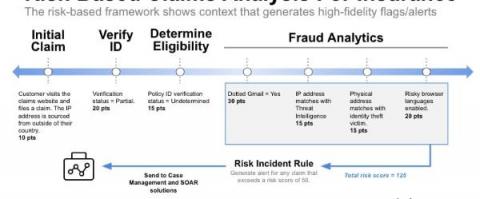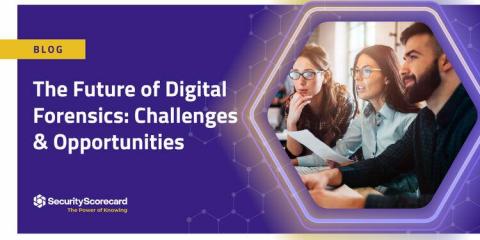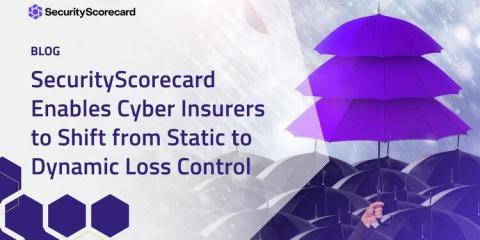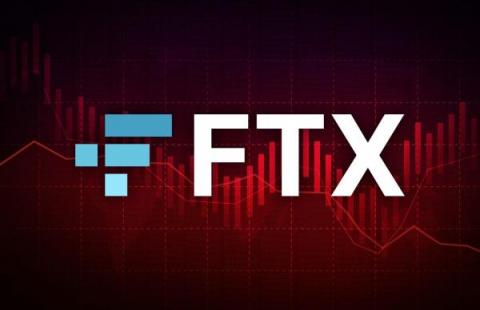Mobile Device Forensics: Challenges, Threats, & Solutions
Mobile forensics is the process of accessing, recovering, and analyzing digital evidence from mobile devices using a court accepted methodology. The information that can be gleaned from a criminal’s phone is highly valuable. That’s why mobile forensics and digital forensics as a whole are valuable assets for law enforcement and intelligence agencies worldwide.


